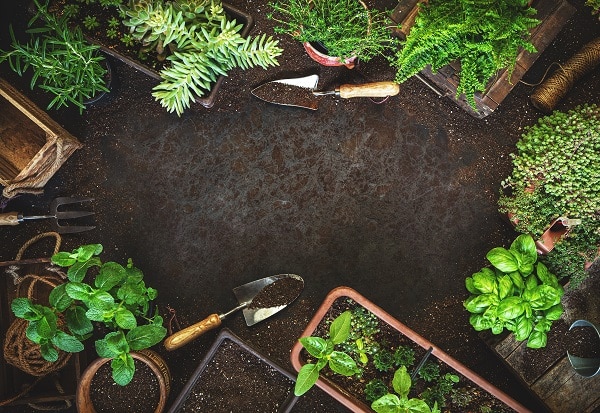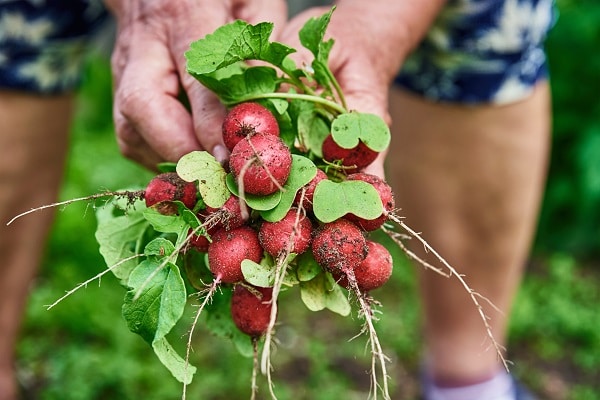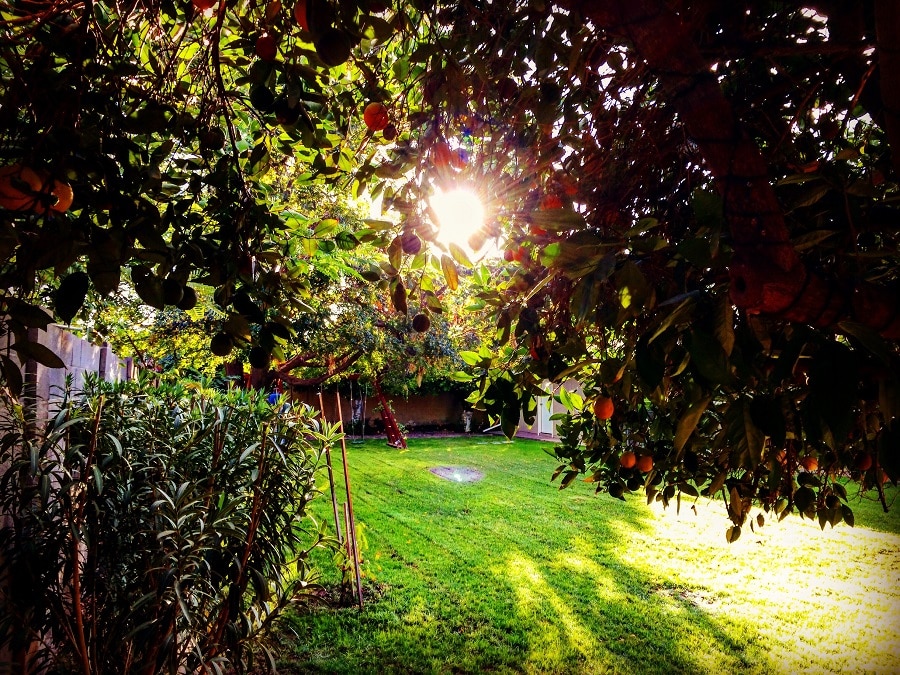With spring in the air, many people are itching to get outside and start some projects. One of the most rewarding outdoor projects you can do is growing vegetables! Starting a vegetable garden is a great way to get in touch with your food. You will know where your food comes from, but you’ll also save money on groceries. This blog post will discuss the basics of starting a vegetable garden. It will cover everything from choosing the right plants to preparing the soil. So whether you’re a first-timer or need a little extra help, this blog post has something for you!
Contents
Pick The Right Spot

While this may seem simple, picking the right spot for your vegetable garden is crucial. You want to make sure that you have enough space for all the vegetables you want to grow and that the area gets plenty of sunlight. If you don’t have a lot of space, or if your yard doesn’t get a lot of sun, don’t worry! There are plenty of vegetables that can be grown in small spaces or shady areas. Once you’ve picked the perfect spot, it’s time to start preparing the area.
Preparing The Area

The first step in prepping your garden area is removing any grass and weeds growing in that area. Then, depending on the size of your vegetable garden, you may need to do some heavy lifting. You can probably get away with just using a shovel if you’re starting a small garden. But if you’re planning on growing a lot of vegetables, you may need to rent a tiller. Tillers are great for breaking up hard soil and ensuring that your vegetables have plenty of room to grow. If you have rocky soil, you may also need to add some sand. Adding sand will help improve drainage and make it easier for roots to grow.
Add Some Compost

After you’ve prepared the area, it’s time to start adding some compost. Compost is a great way to add nutrients to the soil and help your vegetables grow. If you don’t have any compost, you can usually buy it online at garden stores. You can also make your compost by saving kitchen scraps like vegetable peels and eggshells. A good rule of thumb for making your compost is to add one part green material to two parts brown material. Green materials include things like kitchen scraps and grass clippings. Brown materials include things like leaves and twigs. Once you’ve added the compost, you’re ready to start planting!
Make A Plan For What You Want To Grow

Before you plant any seeds, it’s a good idea to make a plan for what you want to grow. Planning will help you figure out how much of each vegetable you need to plant. You can make a simple list or draw a map of your garden area. Think about how much space each type of vegetable will need. Some vegetables, like tomatoes, need more space than others, like carrots. You’ll also want to consider the amount of sun and shade each plant needs. Once you have an idea of what you want to grow, research the best time to plant each vegetable in your area. You can find this information online or ask your local nursery.
Planting Your Seeds

Now that you have your soil ready and a plan in place, it’s time to start planting your seeds. You can begin with your seeds indoors or plant them directly in the ground. If you start your seeds indoors, you’ll need to transplant them into the ground when they’re big enough. However, planting your seeds directly in the ground is easier, but it may take longer for your vegetables to grow. Dig small holes in the ground and drop a few seeds into each hole to plant your seeds. Then, cover the holes with soil and water them well. Once your seeds have germinated, thin out the seedlings, so only the strongest plants remain. You can do this by snipping off the weaker seedlings at the soil line with a pair of scissors.
Caring For Your Garden

After planting your seeds, it’s time to start caring for your garden. Taking care of your garden includes watering, weeding, and fertilizing. Watering is probably the most important thing you can do for your garden. Make sure to water your plants regularly, especially during hot weather. Weeding is also crucial because weeds compete with your vegetables for water and nutrients. Try to weed your garden at least once a week. Fertilizing is only necessary if your soil is lacking in nutrients. You need to fertilize your plants if they’re not growing as well as they should be. Ask your local nursery for advice on what type of fertilizer to use.
Harvesting Your Vegetables

Harvesting your vegetables is the most exciting part of gardening. After all your hard work, it’s finally time to gather your vegetables! The best time to harvest your vegetables will depend on the vegetable you’re growing. Some vegetables, like tomatoes, can be harvested as soon as they’re ripe. Others, like carrots, need to be left in the ground for a few weeks after they’re ripe. It is best to research the best time to harvest each particular vegetable so you don’t end their growing process early. Once you’ve gathered your vegetables, you can either eat them right away or store them to enjoy later.
Conclusion
Starting a vegetable garden is a fun and rewarding way to get fresh, healthy produce. It takes some planning and effort, but it’s worth it! Just remember to utilize the tips provided in this article and any other resources you have, and you’ll be well on your way to starting your vegetable garden! With a little bit of knowledge and some hard work, you can have a successful vegetable garden.


